
There are jets in Jupiter’s magnetosheath, according to Voyager 2 mission data from 1979. The 45-year-old information is now revealing the dynamics of the plasma stream.

There are jets in Jupiter’s magnetosheath, according to Voyager 2 mission data from 1979. The 45-year-old information is now revealing the dynamics of the plasma stream.

The mutilated surface of Jupiter’s moon Io was revealed in great detail by the Juno spacecraft, which has been exploring the Jovian system since 2016 and recently pulled off the closest flyby of the volcanic world.
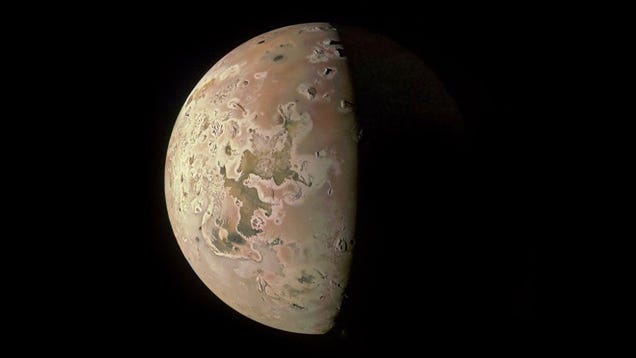
NASA’s curious Jupiter probe is getting chummier with the planet’s most erratic moon, Io. The Juno spacecraft will carry out the closest encounter any mission has had with the volcanic moon in over 20 years, collecting valuable clues about its mysterious activity.
NASA, ESA, CSA, STScI, K. Luhman (Penn State University), and C. Alves de Oliveira (ESA)
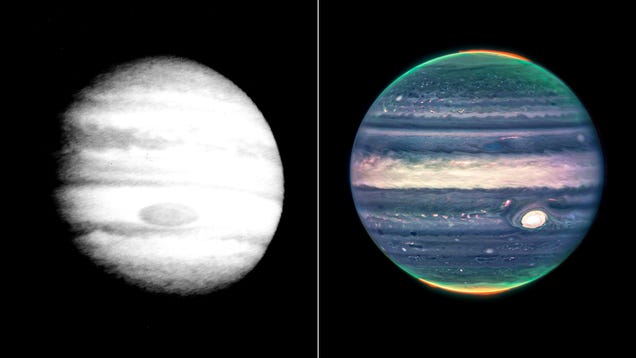
For centuries, astronomers were limited to ground-based observations of the planets, but now we use spacecraft to capture close-up views of our neighboring worlds. Excitingly, our views of solar system planets have been getting progressively better over the decades, as these images attest.
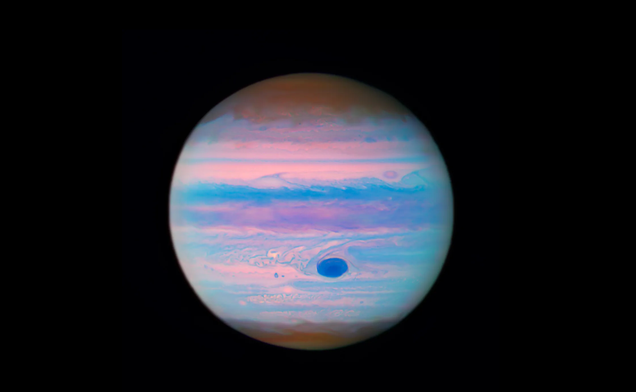
You probably know Jupiter, the rotund fifth planet from the Sun, as orange and tan with a big red splotch. But the Hubble Space Telescope recently imaged the gas giant in ultraviolet light, giving the world a very different look.
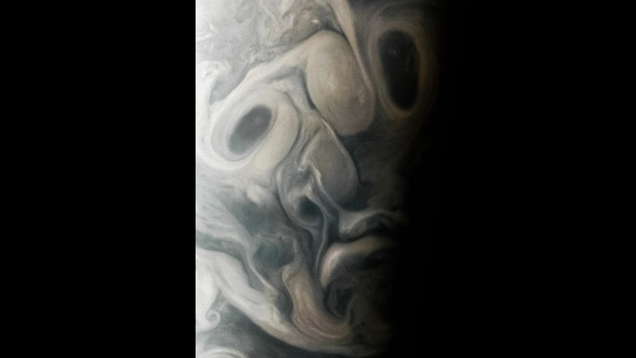
Jupiter, who hurt you? Last month, NASA’s Juno mission spotted a region of the gas giant’s atmosphere forming an abject face, complete with wide eyes, a nose, and frowning mouth.
NASA, ESA, CSA, STScI, Ricardo Hueso (UPV), Imke de Pater (UC Berkeley), Thierry Fouchet (Observatory of Paris), Leigh Fletcher (University of Leicester), Michael H. Wong (UC Berkeley), Joseph DePasquale (STScI)
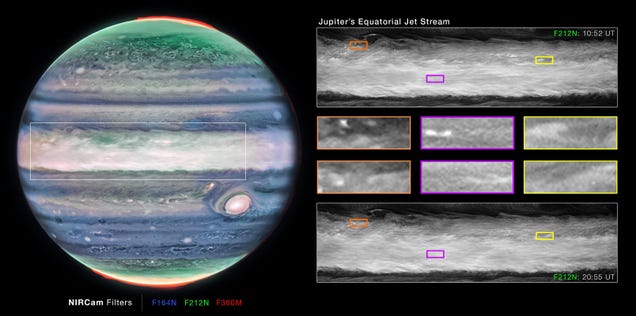
In July 2022, the Webb Space Telescope detected an intense jet shooting across the equator of Jupiter, the largest planet in our solar system. The jet is traveling at about 320 miles per hour (515 kilometers per hour) and is about 25 miles (40 km) in altitude, corresponding to Jupiter’s lower stratosphere.